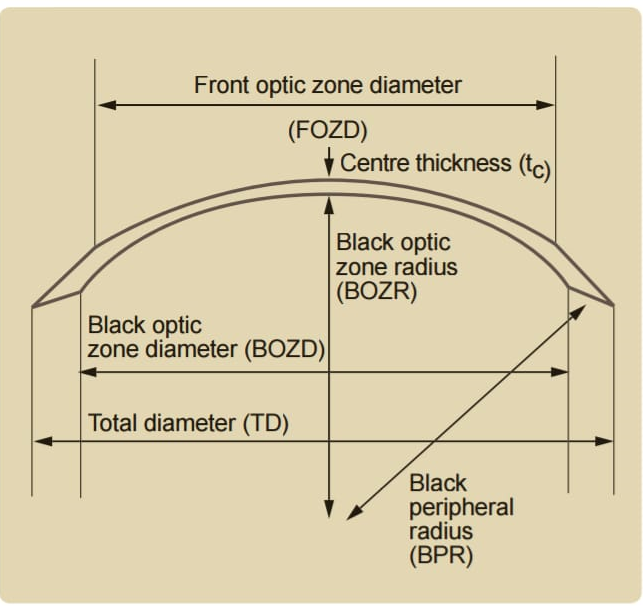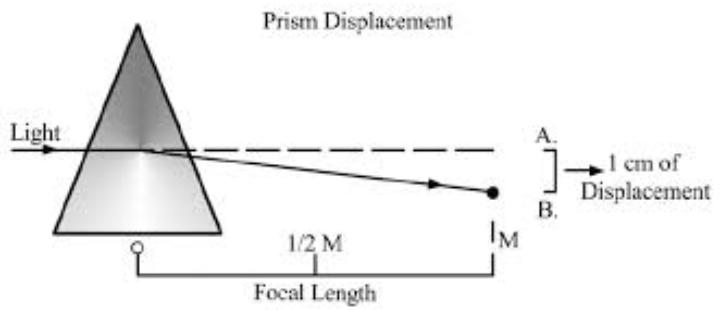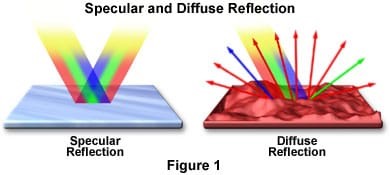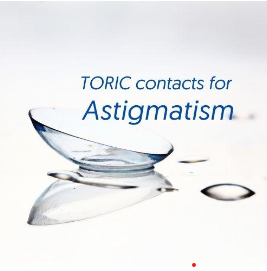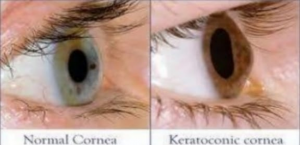Contact lenses are a popular alternative to traditional eyeglasses for people who require vision correction. They are small, thin and curved lenses that are placed directly on the surface of the eye. Contact lenses come in a variety of types, materials, and designs to fit the needs of different individuals. However, understanding the different terminologies used in the contact lens industry can be challenging for someone new to contact lenses. In this blog post, we will discuss some of the most common contact lens terminologies to help you better understand this exciting field.
Base Curve
The base curve of a contact lens refers to the curvature of the central back surface of the lens. The base curve is measured in millimeters and typically ranges from 8.0 to 10.0. The base curve is important because it determines how well the contact lens will fit on the cornea. A good fit is essential for comfort and optimal vision correction.
Diameter
The diameter of a contact lens refers to the width of the lens. The diameter is measured in millimeters and typically ranges from 12.0 to 15.0 in soft contact lens & 8.0 to. 10.0 in rigid contact lens. A larger diameter lens can provide better peripheral vision, but it may also be less comfortable to wear.
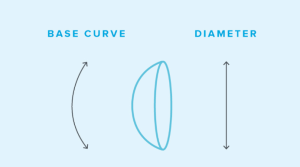
Power
The power of a contact lens refers to the strength of the lens and is measured in diopters. A positive power (+) is used to correct farsightedness, while a negative power (-) is used to correct nearsightedness. The power of the lens is determined by an eye exam performed by an optometrist or ophthalmologist.
Modulus
The modulus of a contact lens refers to the stiffness of the lens material. A high modulus lens is more rigid and less flexible, while a low modulus lens is more flexible and softer. The modulus can affect the comfort and fit of the contact lens.
Toric contact lens
Toric contact lenses are designed for people with astigmatism, which is a condition that causes blurred or distorted vision. Toric lenses are shaped differently from regular contact lenses to provide the necessary correction for astigmatism.
Multifocal contact lens
Multifocal contact lenses are designed for people with presbyopia, which is a condition that typically affects people over the age of 40 and causes difficulty seeing objects up close. Multifocal lenses have multiple power zones to provide clear vision at different distances.
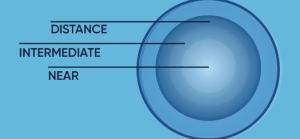
Oxygen Permeability
The oxygen permeability of a contact lens refers to how much oxygen can pass through the lens and reach the cornea. Oxygen is essential for the health of the cornea, and a lack of oxygen can lead to eye problems such as corneal edema and neovascularization. Contact lenses with high oxygen permeability are typically made from silicone hydrogel materials.
Disposable Frequency
The disposable frequency of a contact lens refers to how often the lens should be replaced. There are several different types of contact lenses based on the frequency of replacement, including daily disposable, weekly disposable, monthly disposable, and extended wear. The disposable frequency is determined by the type of lens and the individual’s needs and preferences.
By understanding these key terminologies, individuals can make informed decisions about which contact lenses to wear and how to properly care for them to maintain optimal eye health and vision.




